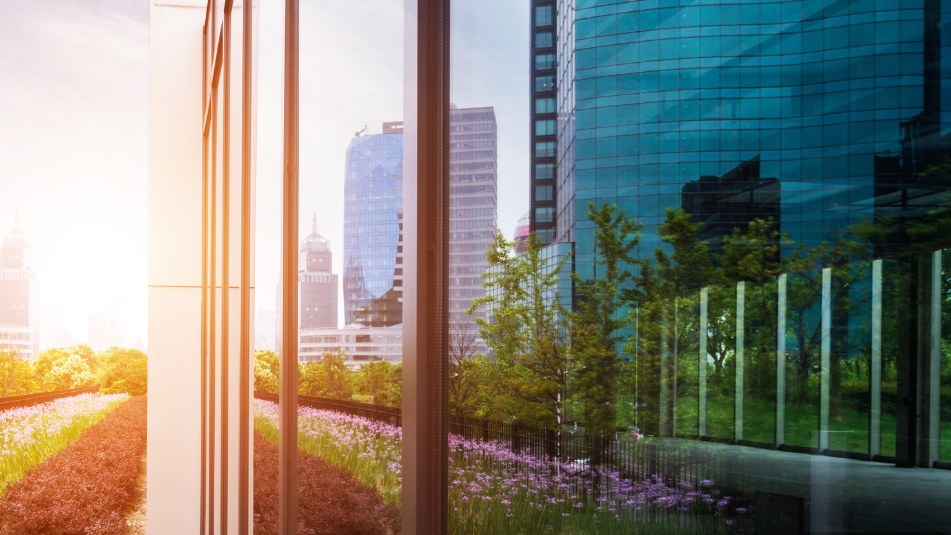Creating a Workplace Your Employees Will Love
No matter their personal preference, remote work proved to be the hand nearly all professional service teams were dealt during the pandemic. After almost two years, employees have grown accustomed to the comforts of working from their homes. Now, companies are doing their best to develop and roll out plans for workplace reentry. While the Omicron variant certainly threw a wrench in many organizations’ plans, many Boston firms are now moving forward with their return to the workplace. With that said, the way we work won’t always resemble what it did in the past. Employees will need strong incentives to bring them back to the office. To celebrate February, when love is in the air, here are a few ideas to help you cultivate a workplace environment that your employees will love.
A Balancing Act
While employees are split on how they feel about returning to the office, the majority of workers want a hybrid arrangement. Workers understand that the office is a vital component to a thriving workplace, but also want to maintain some of the autonomy of remote work. In response, many progressive organizations are implementing hybrid strategies. This allows for some continued flexibility, while also renewing the in-person connection and collaboration that lagged during remote work. To make the most of in-office work, conduct a survey within your teams to understand how people want to utilize the office. Do you need more areas for quiet and focus work? Or should conferencing and collaboration areas be top priority? With this data, you can make informed decisions around workplace strategy and real estate so that your workplace works for your people.
Space Planning with Purpose
To draw employees back to the office, workspaces will have to be transformed into a destination whose design adapts to this new form of work. For example, implementing a “hot desk” system that allows employees who are in the office that day to move around, or workshop rooms and meeting spaces equipped with the latest technology that allows remote workers to join in. For some organizations, this could mean reducing square footage and updating the space and amenities to be more attractive to employees. All these factors contribute to the idea that “a well-constructed interior design concept can transform any workplace into an engaging cultural space.” Many of the most successful workplaces are ones that encourage creativity: some employers have even reimagined their office art programs to focus on worker quality of life. Evaluate your current workplace. How could it be more of a destination for employees? What physical or programmatic changes might help your teams work more effectively?
Emphasis on the Employees
When planning for office reentry, employers must consider the autonomy that their employees have gained over the last two years of being remote. An emphasis on experience-based design will play a tremendous role, helping workplaces modify and customize their space so it serves the specific needs of their teams. This could take shape in several ways, ranging from customizable furniture to diverse food and beverage options. But ultimately, the workspace must be employee-centric, tapping into the needs of the group that works there. Maybe it’s through fitness amenities or community areas that promote socialization between teams. An excellent employee experience must lead the conversation and decision-making process in order to stay competitive and innovative.
Often, the best way for an organization to determine what they need to thrive is through an objective, critical analysis. Cresa’s qualified advisors and workplace solutions team can serve as a valuable resource to help your team navigate the office reentry in an in an organic way that’s tailored to your teams and needs.


